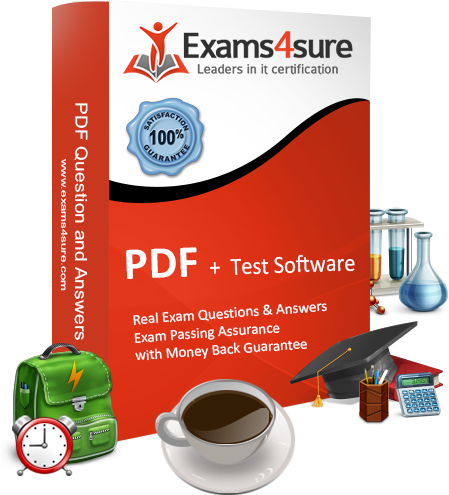|
|

ACFE CFE-Fraud-Prevention-and-Deterrence
In Real Exam At Testing Centre
Exact Questions as in Real Exam Word by Word
ACFE CFE-Fraud-Prevention-and-Deterrence Questions and Answers
Which of the following is FALSE regarding the process of defining the objective of the fraud risk management program?
During a fraud risk assessment, the assessment team determines that it would like to observe the interactions among several employees as they collectively discuss the organization's current fraud awareness training. Which of the following techniques would be MOST HELPFUL for the team to use in gathering this information?
During an external audit of an organization's financial statements. Elena, the external auditor, uncovers significant internal control deficiencies at the audit client's organization. She believes these deficiencies could result in a material misstatement of the financial statements. Which of the following should Elena do with regard to these findings?
Latest and Up-to-Date CFE-Fraud-Prevention-and-Deterrence dumps with real exam questions answers.
Get 3-Months free updates without any extra charges.
Experience same exam environment before appearing in the certification exam.
100% exam passing guarante in the first attempt.
15 % discount on more than one license and 25 % discount on 10+ license purchases.
100% secure purchase on SSL.
Completely private purchase without sharing your personal info with anyone.
With the complete collection of CFE-Fraud-Prevention-and-Deterrence practice test, Exams4sure has assembled to take you through Certified Fraud Examiner test questions for your ACFE exam preparation. In this CFE-Fraud-Prevention-and-Deterrence exam dumps study guide we have compiled real Certified Fraud Examiner - Fraud Prevention and Deterrence Exam exam questions with their answers so that you can prepare and pass Certified Fraud Examiner exam in your first attempt.
Familiarity with Exam Format:
One of the main reasons candidates might look towards CFE-Fraud-Prevention-and-Deterrence dumps is to familiarize themselves with the ACFE exam format. Certified Fraud Examiner practice exam can give a glimpse into the types of questions asked and how they are structured.
Identifying Key Topics:
Certified Fraud Examiner - Fraud Prevention and Deterrence Exam exam questions can highlight recurring themes and topics that are frequently tested, helping ACFE candidates to focus their studies on areas of high importance.
Time Constraints:
Candidates under tight schedules may feel pressured to use Certified Fraud Examiner - Fraud Prevention and Deterrence Exam exam dumps as a way to quickly cover a lot of material. This is often seen in situations where Certified Fraud Examiner certification is needed for job retention or promotion.
Confidence Boosting:
Seeing and answering CFE-Fraud-Prevention-and-Deterrence exam-like questions can boost a candidate's confidence, making them feel more prepared for the actual ACFE exam.
The ACFE CFE credential stands for Certified Fraud Examiner. It's a globally recognized professional designation that signifies expertise in fraud prevention, detection, deterrence, and investigation. Earning the CFE credential demonstrates a high level of knowledge and skill in the anti-fraud field, leading to increased career opportunities and credibility.
The CFE exam tests knowledge in four core sections:
Yes, the Fraud Prevention and Deterrence section has a specific focus. It delves into understanding why people commit fraud and how to prevent it from happening in the first place. This includes studying areas like:
The Fraud Triangle is a model that identifies three key elements that can contribute to fraud:
Red flags are indicators that suggest a higher risk of fraud being present. They can be anomalies in financial statements, unusual employee behavior, or weaknesses in a company's control environment. Identifying and investigating red flags promptly can help prevent fraud or detect it early on.
Common examples of red flags include:
The CFE exam is typically 4 hours long and consists of multiple-choice questions. The exact number of questions can vary slightly from year to year.
Eligibility requirements for the CFE exam include having a bachelor's degree, relevant work experience in fraud or a related field, and meeting character, ethics, and continuing professional education requirements set by the ACFE. You can find the full details on the ACFE website.
Certified Fraud Examiner (CFE) - Investigation
Certified Fraud Examiner - Financial Transactions and Fraud Schemes Exam
Certified Fraud Examiner (CFE) - Law


TESTED 30 Mar 2025
Hi this is Romona Kearns from Holland and I would like to tell you that I passed my exam with the use of exams4sure dumps. I got same questions in my exam that I prepared from your test engine software. I will recommend your site to all my friends for sure.
Our all material is important and it will be handy for you. If you have short time for exam so, we are sure with the use of it you will pass it easily with good marks. If you will not pass so, you could feel free to claim your refund. We will give 100% money back guarantee if our customers will not satisfy with our products.